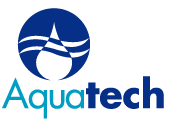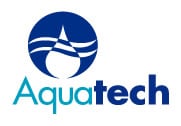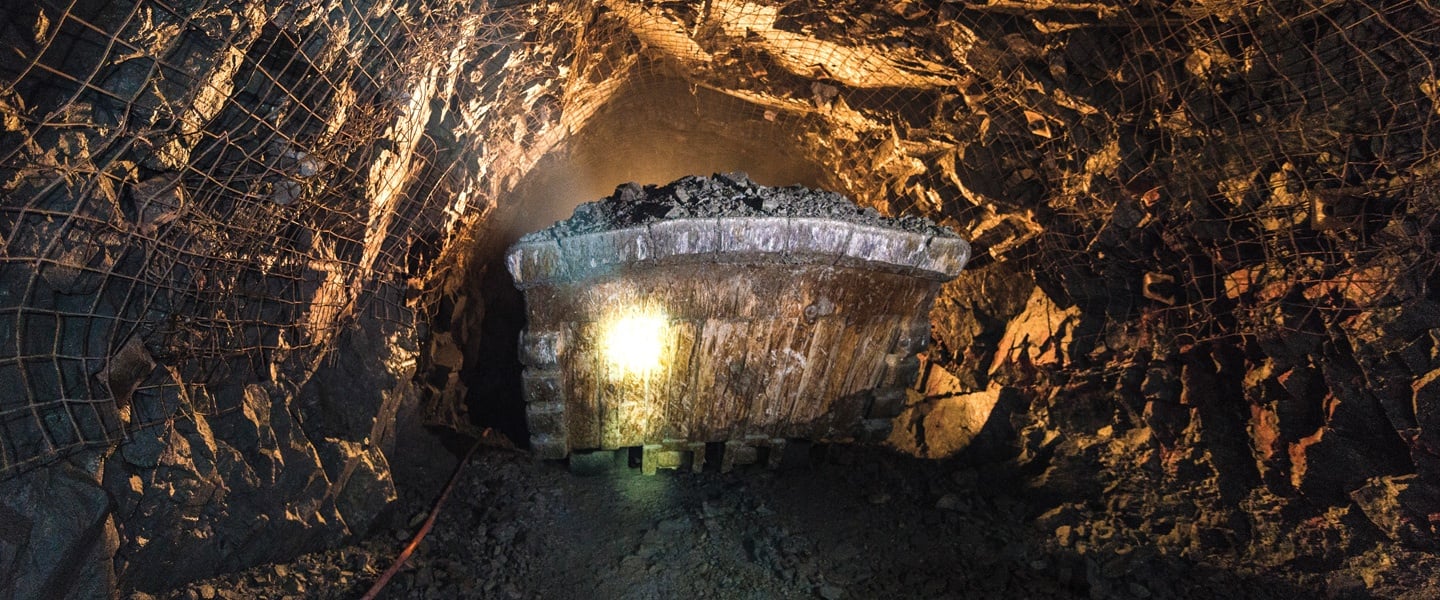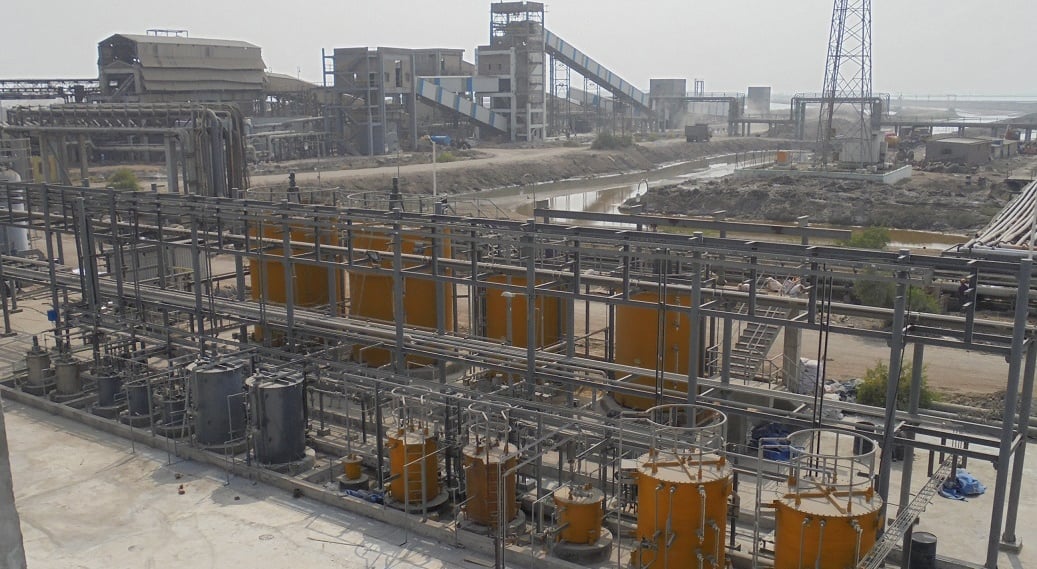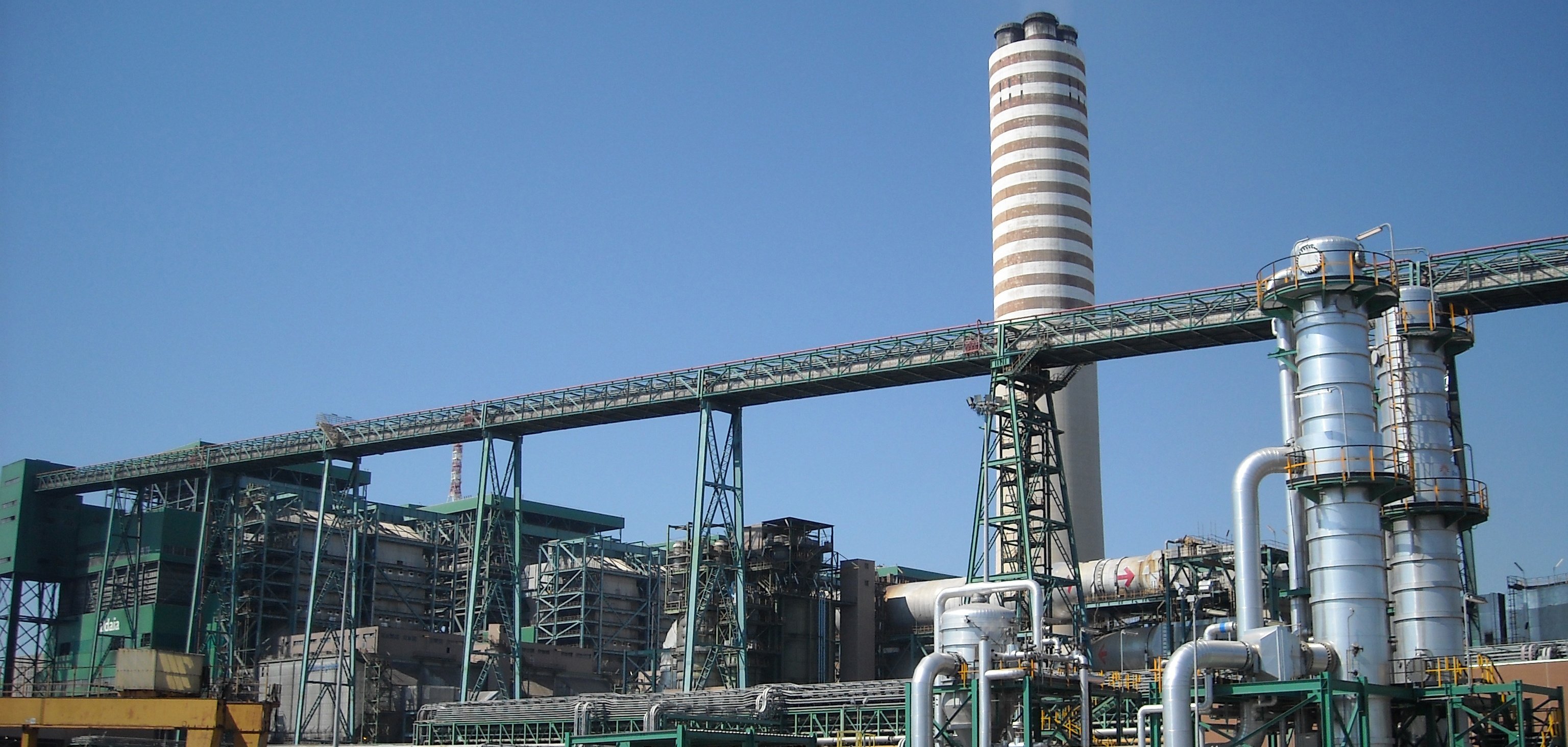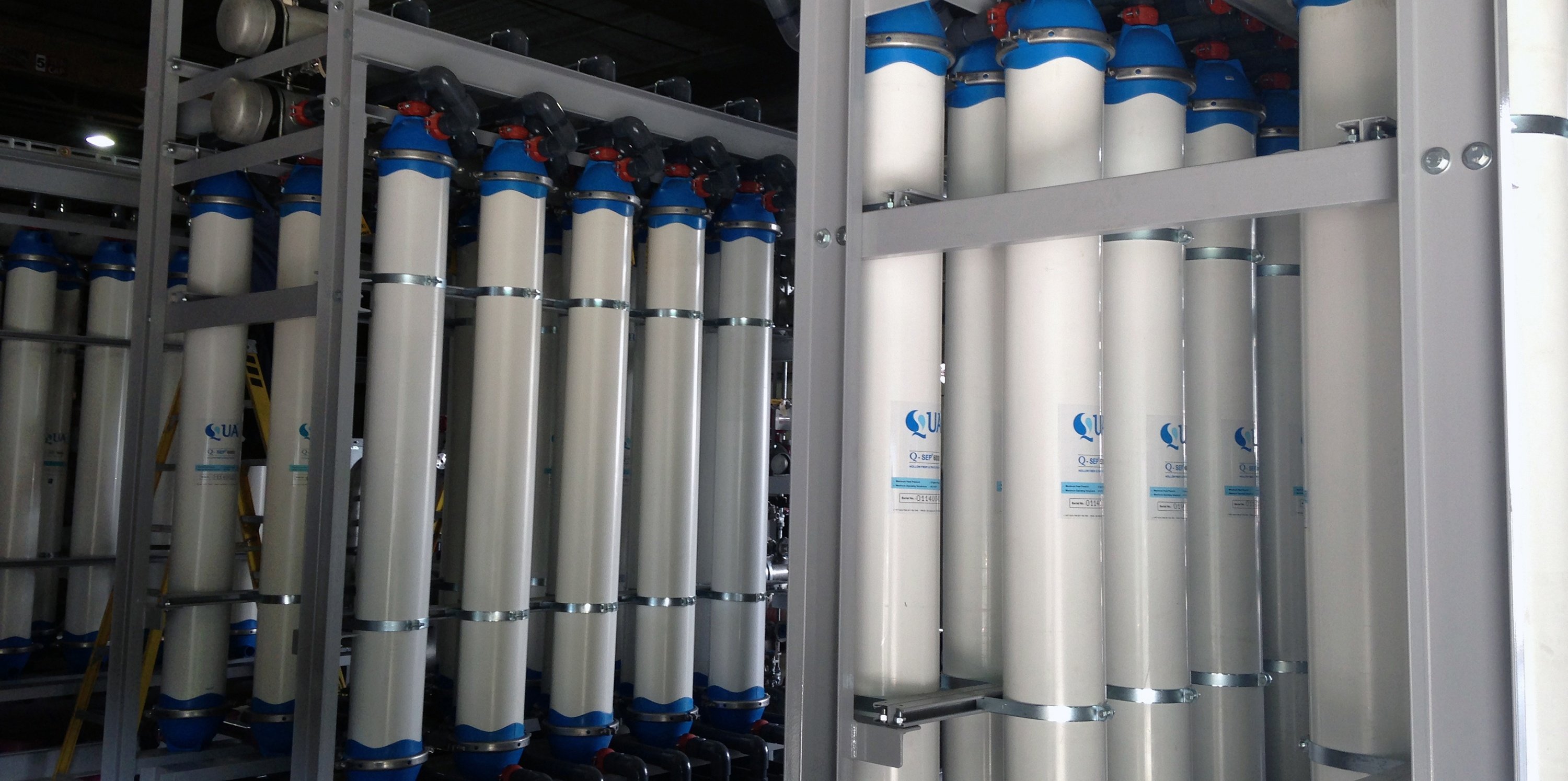
The Electrodeionization (EDI) process, invented over 20 years ago, is a continuous, chemical-free method that removes ionized and ionizable impurities from the feed water. EDI eliminates the need to store and handle hazardous chemicals required for resin regeneration and the associated neutralization steps. QUA’s Fractional Electrodeionization(FEDI®) process is an advancement of EDI and was developed by taking into account the limitations of conventional EDI. The patented dual voltage process allows for a higher flexibility and tolerance to inlet water conditions, thus lowering the risk of scaling, and improving the plant’s design economics and reliability.
FEDI® Technology - Making a good technology even better
There are two types of ionic impurities removed in an EDI process; strongly ionized impurities (divalent ions such as Ca, Mg, SO4 and monovalent ions such as Na, Cl and HCO3) and weakly ionized impurities (such as CO2 B and SiO2). Both types of ionic impurities require a different driving force (current) for movement and separation. Strongly ionized impurities require less current, whereas weakly ionized impurities require more. Rather than applying one current to the entire module, the FEDI® process differentiates the treatment of weakly ionized and strongly ionized impurities by applying different currents and voltages in a two stage process.
Below, is a chart outlining the advantage of QUA's FEDI® technology over ordinary MB and EDI technology.
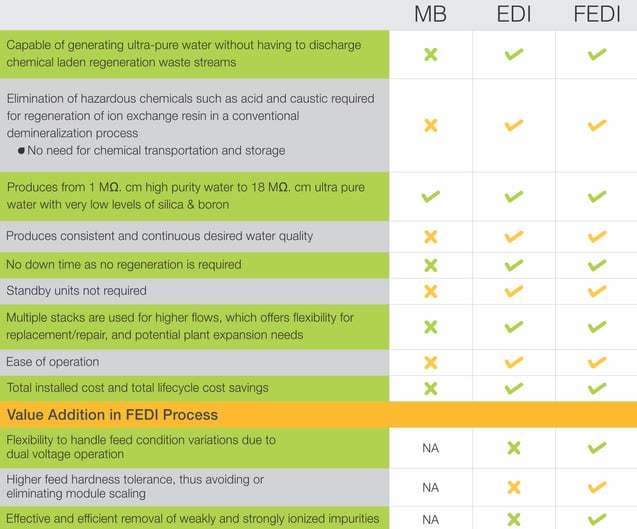
Fore more information on our FEDI® technology, click here.
